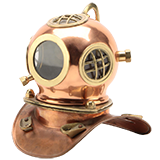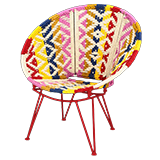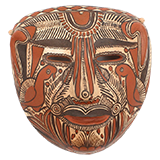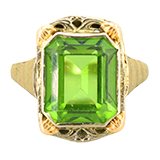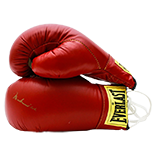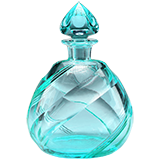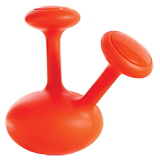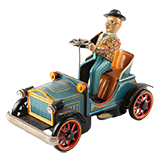The Cincinnati Gardens Museum
“I moved to Cincinnati after high school from a small town in Tennessee. There was nothing to do there, no jobs. My parents were divorced and my father owned a business in Cincinnati, so I moved up here and started working with him. I also looked around for a part-time job for evenings and weekends to fill the time since I didn’t know anybody. At first, I worked at another sports arena in town, and a couple of years later, then I landed at Cincinnati Gardens. I started out vending pop in the stands, but as soon as I was old enough, I started bartending. I went to work in the Ice Bar, which became Dave Greene’s Ice Bar for the next 30 years.
Before I even moved here, me and my brother would visit our dad in the summer, and he would bring us to the Gardens to see Big Time Wrestling. That was the biggest thing I’d done in my life at that point. Instead of paying attention to the wrestling matches, I would look around and think about how long it would take to get to the other side of the building. I was fascinated and mesmerized even then.
This building has hosted everything. We held the crosstown shootout between Xavier and Cincinnati, the 1966 All-Star NBA game. Monty Hall had “Let’s Make a Deal” live here, MTV’s broadcast from here. This was one of the first places in the U.S. the Beatles ever played—there are ticket stubs and other memorabilia in the sale. The second or third event I ever worked was the Muhammad Ali-Larry Holmes fight in 1980. It was broadcast on closed circuit, and we still sold out. In those years we might have three big events in one weekend—a nationally televised basketball game at noon, a hockey game at night and a concert the next day.
I’m a natural collector. I used to see people throwing all this great stuff away at the end of the night—posters, programs, ticket stubs. So I started accumulating, and then ushers and ticket takers and the cleaning crew saw me doing that, and they started bringing stuff to me too. I used to run a weekly ad in the Enquirer looking for stuff. Eventually, I decorated the showcase in the front lobby and filled the Ice Bar with vintage memorabilia. For the Gardens’ 50th anniversary in 1999, the owners built the Legends Museum, basically to hold all the stuff I’d collected." —Dave Greene
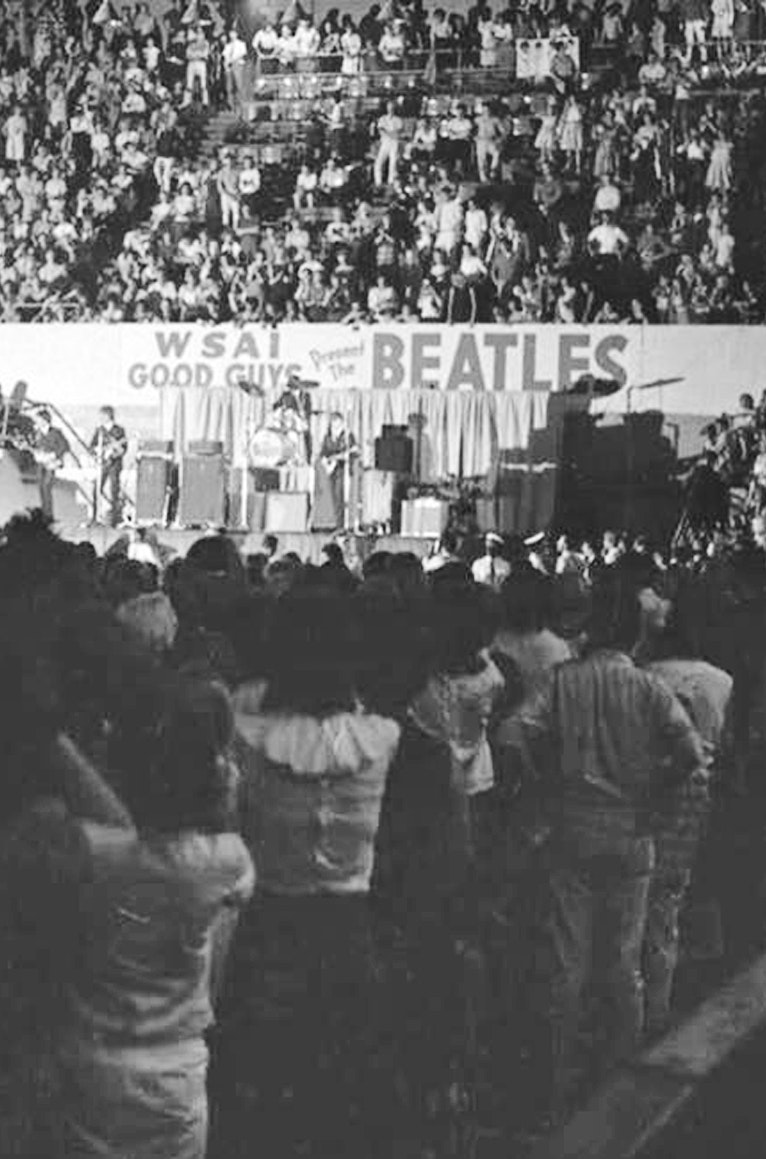
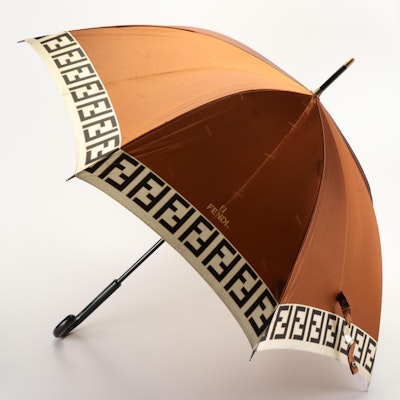
EBTH Cincinnati - Blue Ash
Fendi Zucca Logo Pattern Umbrella
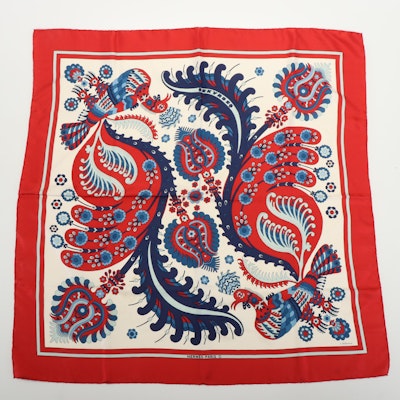
EBTH Cincinnati - Blue Ash
Hermès Early Issue "Skyros" Silk Twill Scarf 90
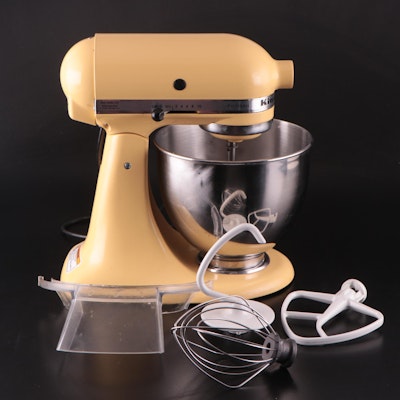
EBTH Cincinnati - Blue Ash
KitchenAid Artisan Series Yellow 5 Quart Stand Mixer With Accessories
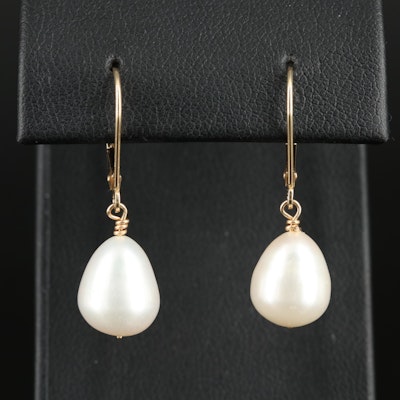
EBTH Cincinnati - Blue Ash
14K Pearl Drop Earrings
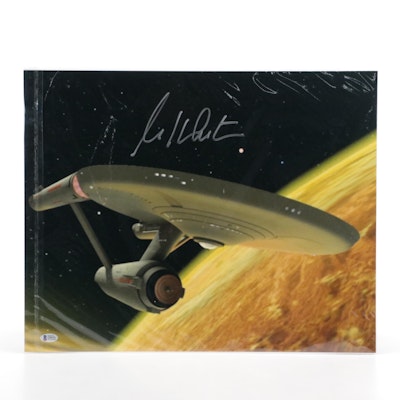
EBTH Cincinnati - Blue Ash
William Shatner Signed "Star Trek" Print
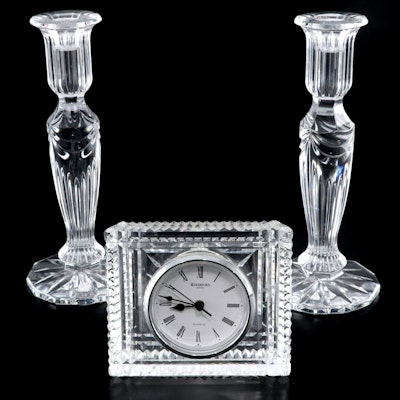
EBTH Columbus - Hilliard
Waterford "Prentiss" Crystal Candlesticks With Rectangular Waterford Clock
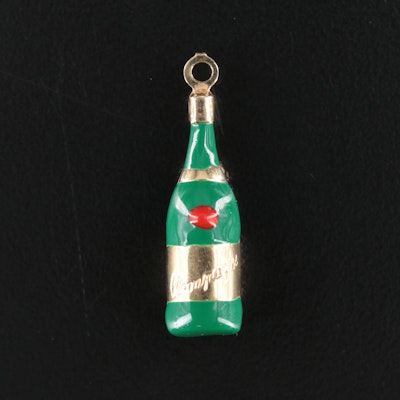
EBTH Cincinnati - Blue Ash
14K Enameled Champagne Bottle Charm
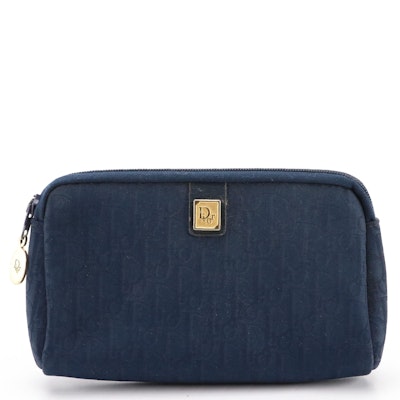
EBTH Cincinnati - Blue Ash
Christian Dior Navy Trotter Jacquard Zip Pouch
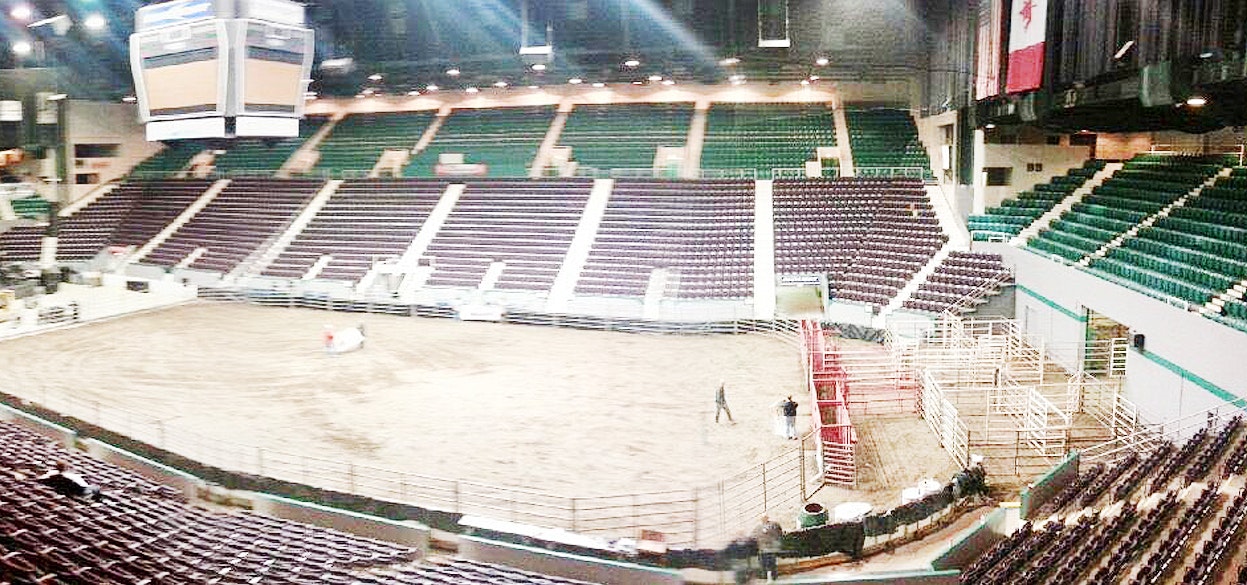
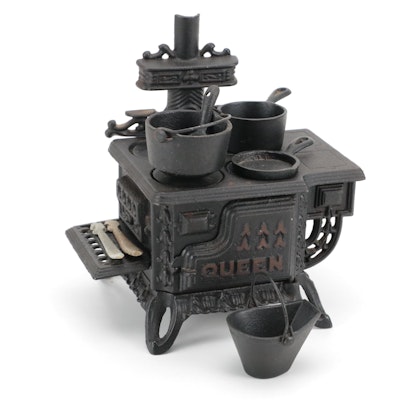
EBTH Cincinnati - Blue Ash
Grey Iron Casting Co. "Queen" Cast Iron Miniature Reproduction Toy Stove

EBTH Cincinnati - Blue Ash
Farmside Amish Parcel-Ebonized and Elm Queen Bed Frame
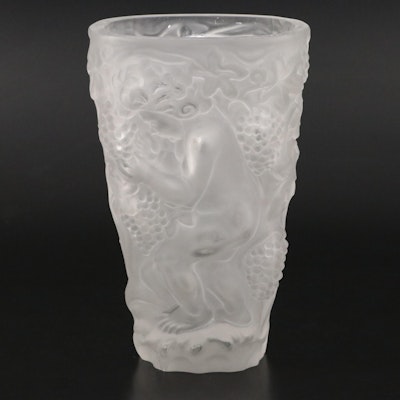
EBTH Cincinnati - Blue Ash
Czech Barolac Style Frosted Glass Vase with Cherub and Grapes Motif
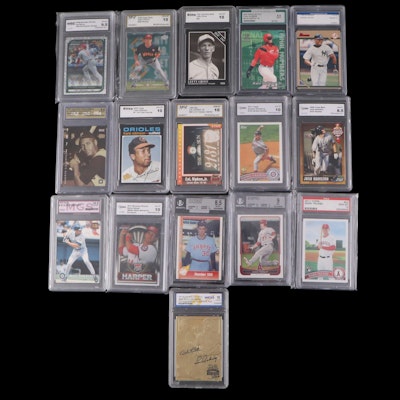
EBTH Cincinnati - Blue Ash
Mike Trout, Nolan Ryan, and More Graded Baseball Cards, 1990s-2010s
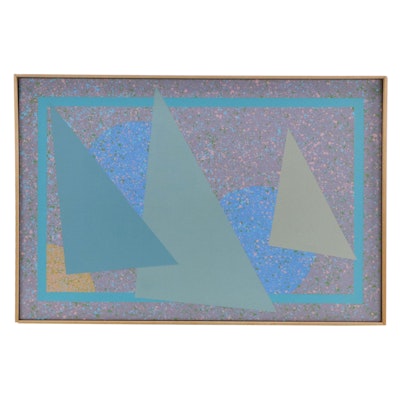
EBTH Cincinnati - Blue Ash
Walter Stomps Abstract Geometric Acrylic Painting "Galactic Border No. 1"

EBTH Cincinnati - Blue Ash
James Gabriel McKeon Winter Landscape Oil Painting
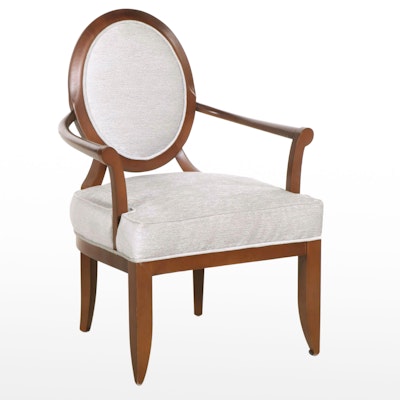
EBTH Columbus - Hilliard
Mahogany-Stained X-Back Armchair, Manner of Barbara Barry
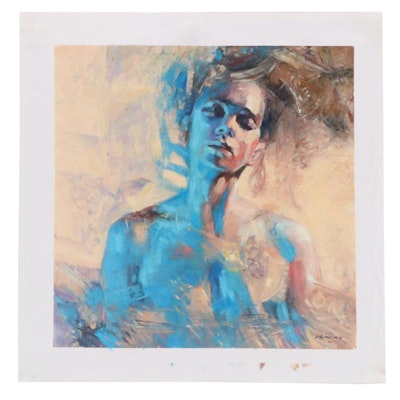
EBTH Cincinnati - Blue Ash
N. Ming Stylized Oil Portrait, 21st Century

EBTH Columbus - Hilliard
Don Hatfield Serigraph "The Sailboat," Late 20th Century
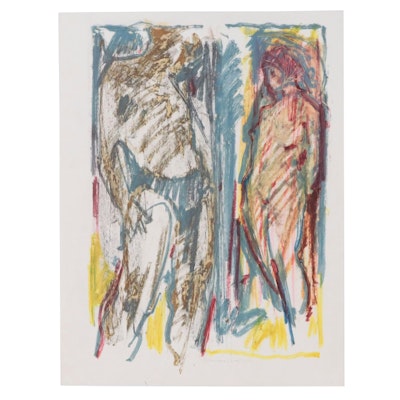
EBTH Cincinnati - Blue Ash
Jack Meanwell Abstract Oil Pastel Drawing, Late 20th Century
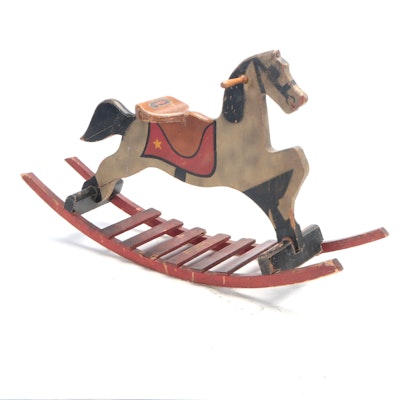
EBTH Cincinnati - Blue Ash
Painted Wood Rocking Horse
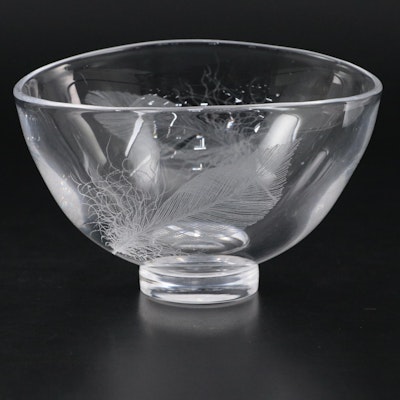
EBTH Cincinnati - Blue Ash
Swedish Vicke Lindstrand for Kosta Glass "Feathers" Etched Glass Bowl
.jpg?ixlib=rb-3.1.0&w=759&h=&fit=max&crop=&auto=format)
What have been some of the most memorable events?
This place has been my entire adult life, from age 20 to 56. Everything I’ve done, every person I’ve met is because of this place. One concert that stands out was the B-52s in 1989—every single person there knew all the words to the songs. I thought it was so great how their fans knew everything about the group. And one of the most massive events was a George Bush presidential rally in 2004. The efficiency with which they ran that was incredible. I actually got to sit on the stage for that one.
What was it like to work there?
It was a family-run business, and everybody pitched in. If they needed someone to mop the floors, you mopped. Many years ago they needed somebody to run a spotlight, I think it was a Def Leppard concert. I had no idea what I was doing, but I ended up running the spotlight until they found someone else. When we took down the arena clock—this thing is about six feet tall by four feet wide—it made it seem real, that the Gardens are closing. I’ve been pretty lucky to have been involved all these years.
Where did you find the Mohawks hockey-stick ashtray?
A guy that lived two blocks from the Gardens called me up one day and said he had something I might be interested in. He got it from one of the offices. I’ve only seen a couple of these ashtrays over the years, so I know they’re rare—if they were mass produced, I’d have found more of them.
How about the Governor’s Trophy?
That’s a highlight. The Mohawks were the first team that played in this building, and they were a juggernaut in the hockey world—nobody could beat them. Sometime in the late 60s or early 70s, the son of the Cincinnati Swords’ public address announcer was wandering around the building and found the trophy in a broom closet or something, and he was told he could take it home with him. Fast-forward to the early 80s, and I got a call from him. He was living in Columbus and said the trophy wasn’t for sale, but that he’d let me see it sometime. Six months later, he brought it to my house. It was the greatest thing I’d ever seen! Meanwhile, he’s looking around my house and sees this old Wurlitzer jukebox and has to have it. He asked what I wanted for it, and I said, “You know what—the trophy!””
